Gold Prospecting || The Best Gold Metal Detector
Gold Prospecting || The Best Gold Metal Detector
So you want to find gold with a metal detector? Locating that elusive gold nugget or gold flake can become a reality with the correct equipment. Unlike treasure hunting for coins, jewelry or relics, selecting the correct equipment for gold prospecting requires careful consideration. If you are looking to locate gold nuggets or flakes, read on.
Finding gold requires time and effort. Many of the best gold producing regions are remote and cover large expanses of land. The effort may be great, but the rewards can be even greater. As you get started you will be searching large areas looking for your first signal. Once you have found your first gold nugget, you should slow down your search to examine the area around your find in greater detail.
It is common to find nuggets in patches. One gold nugget is highly likely to be accompanied by other nuggets nearby. Developing a search pattern is one technique to use when searching for gold using a metal detector. Methodically covering the area in a grid-like pattern will permit you to thoroughly search the area for gold. You will want to cover the area completely regardless of the gold metal detector you use.
Gold prospecting is an activity that has existed for hundreds of years. While the tools may have changed over time, locating gold with a metal detector isn’t an easy task. Start by searching areas that are known to have produced in the past. The process of looking for gold in untapped areas is time-consuming and often ends without success. Despite your style of gold searches, there is a metal detector for every need, type of terrain, no matter your level of proficiency or knowledge.
There are different reasons why detectorists search for gold. For some, it is a hobby, while for others it is a money-making endeavor. In short, the motivation to find and recover gold can be as varied as the people who do it. The first reason that detectorists look for gold is because they like the challenge of finding something that most other people have not found before. This may sound simple, but there is no doubt that this is one of the main motivations behind gold hunting. With a little research, you can find the best metal detector for gold to suit your needs. Below, you will find some things to consider before selecting your gold metal detector.
What Are the Types of Gold Metal Detectors?
In general, gold detectors come in two flavors. Gold-seekers can choose from either higher frequency VLF circuits that are very sensitive to gold or lower frequency Pulse Induction (PI) circuits. The Pulse Induction models are typically more expensive than the VLF models.
First time hobby metal detectorists may find using a VLF device fun and instantly rewarding. These models are typically all terrain in design and easy to to turn and on use in a variety of settings. The VLF circuits are very sensitive to gold, but they are also sensitive to minerals in the soil. Unfortunately these minerals are common in highly productive gold prospecting regions of the world. The good news is that these detectors can be tuned to filter out most of the mineral interference.
Pulse Induction detectors main strength is in ignoring the toughest ground mineral conditions and finding both large and small gold nuggets at exceptional depth. More serious detectorists will want to consider a PI metal detector. You can search much deeper in the ground with a PI gold metal detector than with a VLF. This means you can locate gold that is buried deeper. In addition Pulse detectors are able to handle more challenging ground conditions with ease.
Ground Balancing
Having your metal detector ground balanced is important. Ground balancing filters out the minerals in your search area and helps you to distinguish the difference between gold nuggets and the ground surrounding those items. By getting a proper ground balance, you will get the most depth and accuracy from your gold metal detector. This allows you to locate more gold on searches as you can filter out the impacts of minerals on your searches.
Depending on your device, you will likely have manual or an automatic ground balance or some combination of the two. The best gold metal detectors will typically have both manual and automatic ground balance. An improperly ground balanced detector will produce false signals.
Discrimination
You can easily filter out junk targets with discrimination. Simple discrimination will eliminate targets that are within a given range. Lower conductivity targets are the first to be eliminated. Metals with higher conductivity, such as gold, and junk metals, such as aluminum, are removed at a similar level.
In an advanced notch discriminator, targets can be selectively filtered out within a wide range of conductivity. Natural gold comes in a wide variety of sizes, shapes, and weights. These variations in size will overlap a wide range of your detector’s discrimination range and can be easily filtered out. To avoid filtering out gold, you should set your discrimination to low.
Is it gold? Gold can be accurately identified using conductivity meters and specific chemicals. While searching for gold in the field, you should know how to identify the different materials you will encounter. There are many ways to determine whether you are detecting gold or another material. The following are some of them:
- Gold nuggets have a brilliant yellow color.
- Pyrite also known as fools gold has a greenish tint.
- Iron pyrite has a reddish tint to it.
- Other metals such as copper and silver have a metallic shine to them.
Frequency Adjustment
A metal detector’s operating frequency is the number of waves per unit of time measured in kilohertz. The frequency is the number of electronic waves that pass through a gold metal detector and into the ground when you are searching for metal objects.
For example, using a metal detector that transmits a 11 kHz frequency means it sends and receives 11,000 times per second. Having the opportunity to choose from a variety of frequencies allows you to search for different targets with a single device.
A higher frequency makes it easier to detect high conductivity metals such as gold. Metal detectors with a higher frequency work with shorter wavelengths than metal detectors with a lower frequency. Therefore, they are excellent at finding small targets. High frequencies make it possible to locate small gold nuggets easily.
Other Considerations for Finding Gold With a Metal Detector
Environment
It can be challenging to search for gold in areas where it hasn’t previously been found. Not only is gold not certain, but a search could take a while. It is suggested that you begin your search for gold in locations where gold has already been found in the past.
You cannot, however, assume that you will find gold in a location simply because it was previously discovered there. Therefore, you should search the exact areas where prospectors worked in the past. It would be a mistake to just search the area around the mines where miners worked. The creeks where miners stacked rocks by hand or the hillsides where they dug tunnels are excellent places to search.
There is a possibility that some gold nuggets might have been missed or dropped by miners when prospecting these areas. A gold metal detector can locate nuggets that the naked eye missed. An area where gold was discovered previously is a good indication that there may be more gold there today. Prospectors didn’t have the technology to find more gold nuggets before gold metal detectors came along.
Mineralization
If you are searching for gold with a metal detector, you need to consider mineralization. Soil magnetism results in mineralization. Some particles in the soil have metal characteristics. When metal is found in soil it emits a magnetic response, which metal detectors are able to detect. Detectorists all over the world are frustrated by mineralization. It may take a detectorist minutes or hours to dig in certain locations after receiving a false response due to mineralization. As a result, time is wasted and frustration results.
One of the encouraging items you may find before locating gold is lead. If you find small pieces of lead, then you are on the right track for gold. Your gold metal detector will signal if you locate gold. This should give you faith that gold may not be too far away. You can increase your hunting success with a reduction in your sensitivity, ground balancing, and experience.
So how deep will my gold prospecting metal detector go?
A better question might be how deep do you really need to go? Modern prospecting detectors can discover gold as small as a half a grain. As the size of the target becomes larger, gold nuggets can be located at significantly greater depths. A single grain nugget can be unearthed at a depth of 1-2 inches. A match head size nugget can be located at a depth of 3-5 inches. A nugget the size of a US half dollar can be located at depths of 9-11 inches. Larger nuggets can be located at depths over a foot with a Pulse Induction style detector.
Gold Prospecting search coil types and sizes.
Searchcoils come in two types: Concentric and Widescan Double D. Concentric are preferred for discriminating. Widescan are less affected by ground mineralization. In general, larger searchcoils will give better depth with larger nuggets and better ground coverage. However, sensitivity to smaller nuggets may be sacrificed. Smaller searchcoils will offer greater sensitivity to smaller objects and improved target separation in trashy soil.
Do I need to ground balance?
Most gold prospecting detectors feature manual ground balance controls. This feature will allow the machine to be adjusted to filter out the general iron content of the ground. Don’t be intimidated by the need to ground balance, after you have done it once or twice, it will become second nature. Metal detectors that feature automatic ground tracking will require less adjustment and produce less false ground signal noise.
Will my gold nugget detector discriminate out junk metals?
Nugget detectors are designed to find all metals. While finding the smallest nuggets, these detectors will also locate trash metals as well. Most of these units have the ability to tune out common iron and steel junk items. Pulse induction detectors are not designed to filter out trash items.
Go where the gold is!
You can purchase the best gold metal detector in the world, but if you do not spend the time to locate the correct site location, your efforts will not produce gold. Be sure to put yourself on proven nugget bearing ground. A little bit of time spent researching will pay you back many times over.
Gold producing areas are well documented and can be researched through the library, the internet, or one of the many excellent books on nugget hunting. Always be sure to check the land ownership and contact claim owners if need be for permission to nugget hunt a specific area. Above all, have fun and may your efforts yield golden rewards.

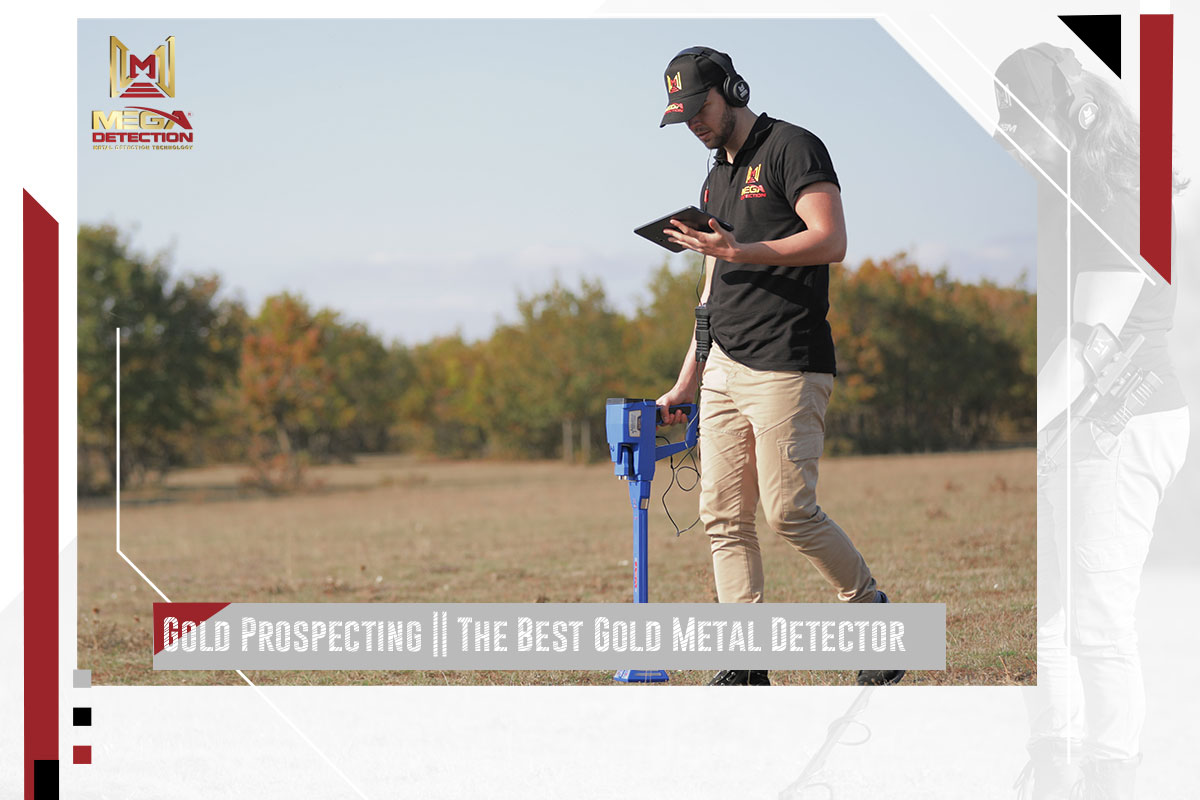
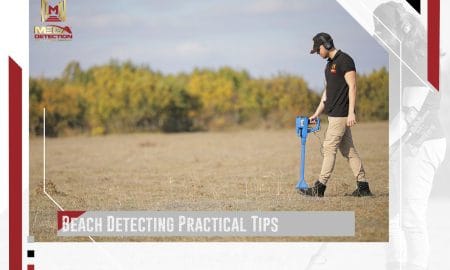


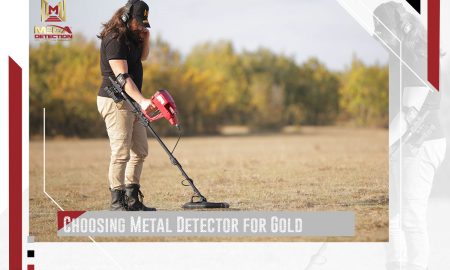

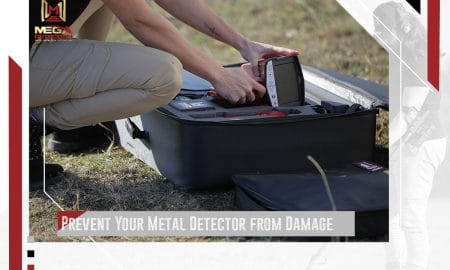
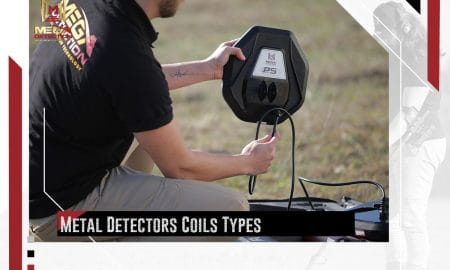



Leave a Reply